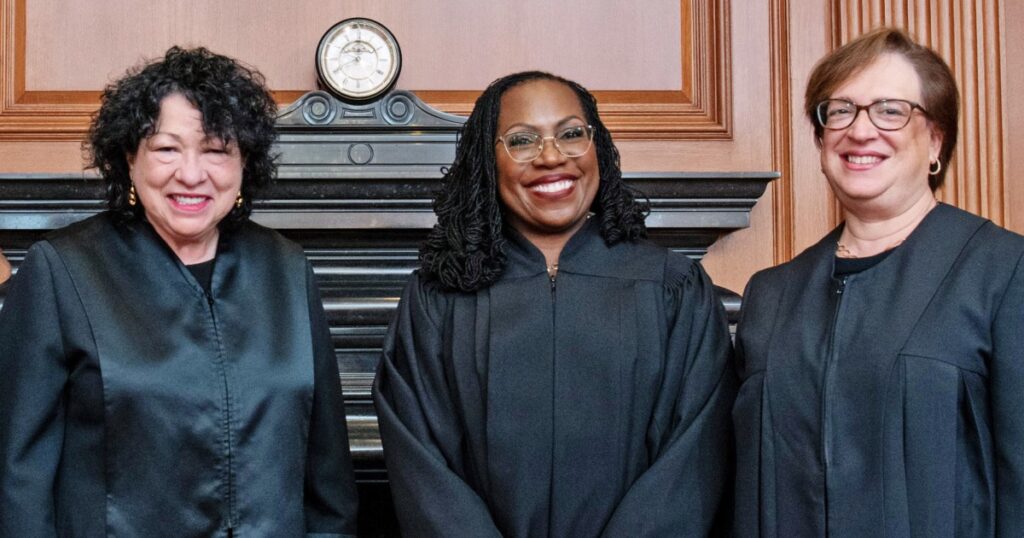In reversing a decision by the Colorado Supreme Court that disqualified former President Donald Trump from that state’s ballot, the U.S. Supreme Court spoke with one voice on a matter of great legal and political importance — until it didn’t. This was the moment for the justices to demonstrate that they are not lawmakers pushing a policy agenda, but rather judges resolving disputes. However, despite their agreement on the outcome of this case — that individual states cannot kick Trump off their ballots — justices just couldn’t keep it together.
These fracture lines do nothing to bolster the legitimacy of the court.
The liberal justices issued a separate concurring opinion ultimately rebuking the conservative majority for going too far and answering legal questions that weren’t asked. These fracture lines do nothing to bolster the legitimacy of the court.
Section 3 of the 14th Amendment bars previous officeholders who engaged in an insurrection from once again serving in certain government posts. It was designed to prevent public officials who’d fought for the Confederacy and tried to destroy our government from serving in our government. Section 3 took on a new significance in the wake of Jan. 6, 2021. Some states used that section to conclude that Trump, due to his involvement in the insurrection at the U.S. Capitol, cannot appear on their election ballot. On Monday morning, the Supreme Court resoundingly disapproved of those interpretations.
The court issued its decision as a per curiam opinion, that is, one attributed to the entire court and not a specific justice.
A separate opinion written by Justices Ketanji Brown Jackson, Elena Kagan and Sonia Sotomayor caused Justice Amy Coney Barrett to write her own concurring opinion. Barrett’s opinion both espoused agreement with the liberal justices that the majority went further than it needed to, but complained that because the liberal justices wrote separately, they fractured the court’s…
Read the full article here





